Medical injection-molded products, as core components of high-precision medical devices, directly impact patient safety and treatment efficacy through their dimensional accuracy, mechanical properties, and biocompatibility. For instance, a cardiac pacemaker housing with a wall thickness tolerance exceeding ±0.05 mm may lead to seal failure or electromagnetic interference, while orthopedic implants with dimensional deviations over 0.1 mm risk postoperative loosening or rejection. This article systematically analyzes key factors affecting medical injection-molded precision from five dimensions: material properties, mold design, process parameters, equipment performance, and environmental control.
1. Material Properties: Dual Challenges of Shrinkage and Composition Fluctuation
-
Shrinkage Variability: Different plastics exhibit distinct shrinkage rates (e.g., PE: 1.5%–3.6%, PC: 0.5%–0.7%). Medical-grade materials with bioactive additives may experience shrinkage variations >0.3% due to batch inconsistencies, compromising dimensional stability. A recalled insulin syringe, for example, suffered from piston-sleeve clearance issues caused by material shrinkage deviations.
-
Composition Stability: Additives like plasticizers or stabilizers must comply with ISO 10993 biocompatibility standards. Excessive migration of these substances can trigger allergic reactions. An infusion tube was withdrawn after plasticizer leakage caused patient skin irritation.
-
Preprocessing Requirements: Hygroscopic materials (e.g., PA) require drying at 80–120°C for 4–8 hours. Inadequate drying in a medical catheter led to internal stress buildup and cracking during sterilization.
2. Mold Design: Balancing Precision and Durability
-
Manufacturing Accuracy: Medical molds demand five-axis machining centers to achieve cavity tolerances ≤±0.005 mm. A microfluidic chip mold with a 2-μm deviation in flow channel width caused uneven liquid resistance, compromising diagnostic accuracy.
-
Cooling System Optimization: Conformal cooling improved mold temperature uniformity by 40%, reducing warpage. An artificial joint mold reduced warpage from 0.3 mm to 0.08 mm after optimizing water circuits.
-
Venting and Parting Surface Design: Poor venting caused surface burns or bubbles. A syringe barrel mold with blocked vents produced 0.2-mm flash, damaging sealing rings during automated assembly.
3. Process Parameters: Precision Control of Temperature, Pressure, and Time
-
Temperature Management: PC material requires barrel temperatures of 280–320°C and mold temperatures of 80–120°C. A ±2°C fluctuation in a cardiac stent mold caused wall thickness deviations of 0.15 mm, necessitating retooling.
-
Pressure and Speed Adjustment: Thin-walled products (e.g., blood collection tubes) need high pressure (120–150 MPa) for rapid filling, while thick-walled products (e.g., medicine bottles) require low pressure (80–100 MPa) to avoid residual stress. A dialysis filter housing developed weld lines due to excessive injection speed, raising bacterial contamination risks.
-
Packing and Cooling Time: Insufficient packing caused sink marks, while prolonged cooling hindered demolding. Extending packing time to 1.5× the gate freeze-off point in a bone screw mold increased product density from 0.92 g/cm³ to 0.95 g/cm³.
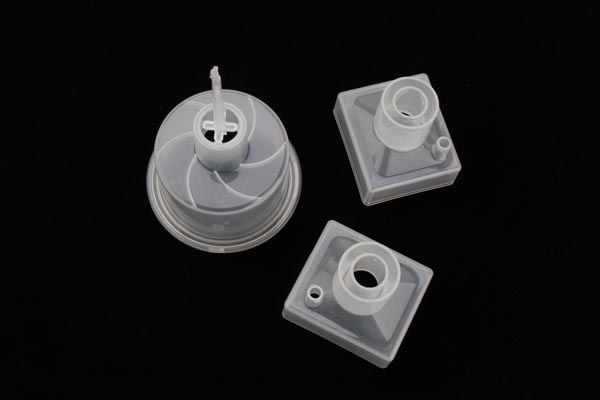
4. Equipment Performance: Dual Guarantees of Accuracy and Stability
-
Injection System Precision: Precision injection machines with screw drive systems must maintain capacity deviations ≤20% of product tolerances. A microfluidic chip producer reduced flow channel variability by 3× by optimizing injection volume accuracy from 0.5% to 0.2%.
-
Clamping System Rigidity: Inadequate clamping force caused parting line flash. A cochlear implant housing mold with clamping deformation produced 0.1-mm flash, scratching patients’ ear canals.
-
Servo Drive Technology: Servo motors improved response speed by 50% and control accuracy by 30% compared to hydraulic systems. An insulin pen needle mold achieved concentricity improvements from 0.05 mm to 0.02 mm using servo drives.
5. Environmental Control: Hidden Impacts of Temperature, Humidity, and Cleanliness
-
Climate Control Systems: Medical workshops require 22°C ±2°C and 50% ±5% RH. Humidity fluctuations in a high-precision catheter line expanded product dimensions from 0.03 mm to 0.08 mm, necessitating additional drying steps.
-
Cleanliness Management: ISO Class 7 cleanrooms reduced surface defects from dust. A subcutaneous sensor housing with 0.5-μm particles failed insulation tests, triggering recalls.
-
Vibration Isolation: Anti-vibration mounts on injection machines minimized external disturbances. A microscopic surgical tool handle achieved coaxiality improvements from 0.1 mm to 0.03 mm after vibration isolation.
6. Solutions: End-to-End Collaborative Optimization
-
Material Management: Partnering with reliable suppliers reduced batch-to-batch dimensional variations from 0.15 mm to 0.05 mm through strict quality checks.
-
Mold Maintenance: Preventive maintenance extended mold lifespan from 500,000 to 800,000 cycles and reduced defect rates from 2% to 0.5%.
-
Process Optimization: Moldflow simulations optimized gate placement and packing curves, cutting warpage from 0.5 mm to 0.2 mm.
-
Equipment Upgrades: Machine vision systems improved defect detection efficiency by 4× and reduced false negatives to 0.1%.
Conclusion
Precision control in medical injection molding demands a holistic approach integrating material selection, mold design, process optimization, equipment upgrades, and environmental management. Emerging technologies like AI algorithms and big data analytics are enhancing real-time process monitoring, enabling the medical industry to meet stringent safety and efficacy standards. Future advancements will require sustained R&D investment and robust quality control systems.
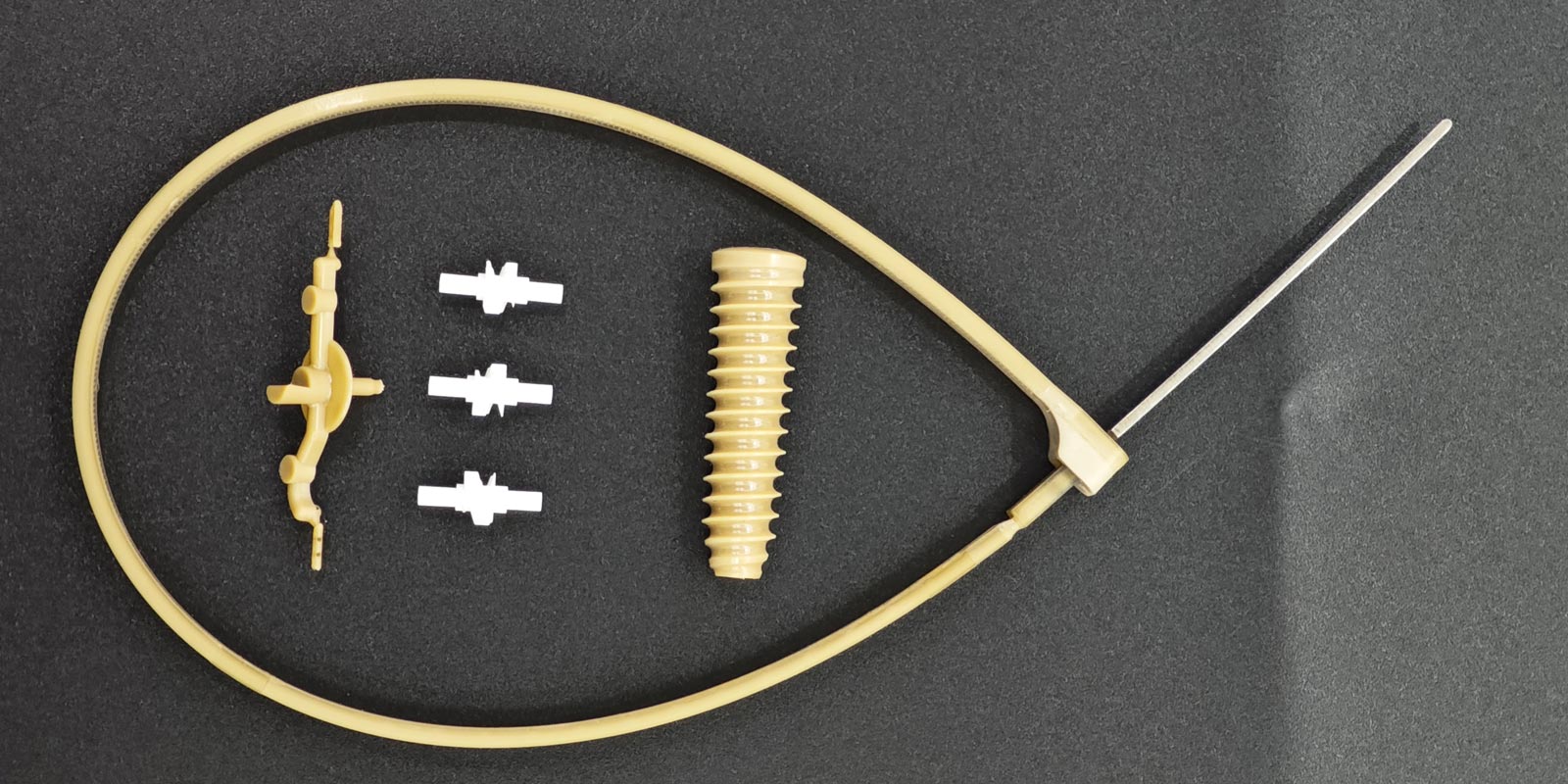
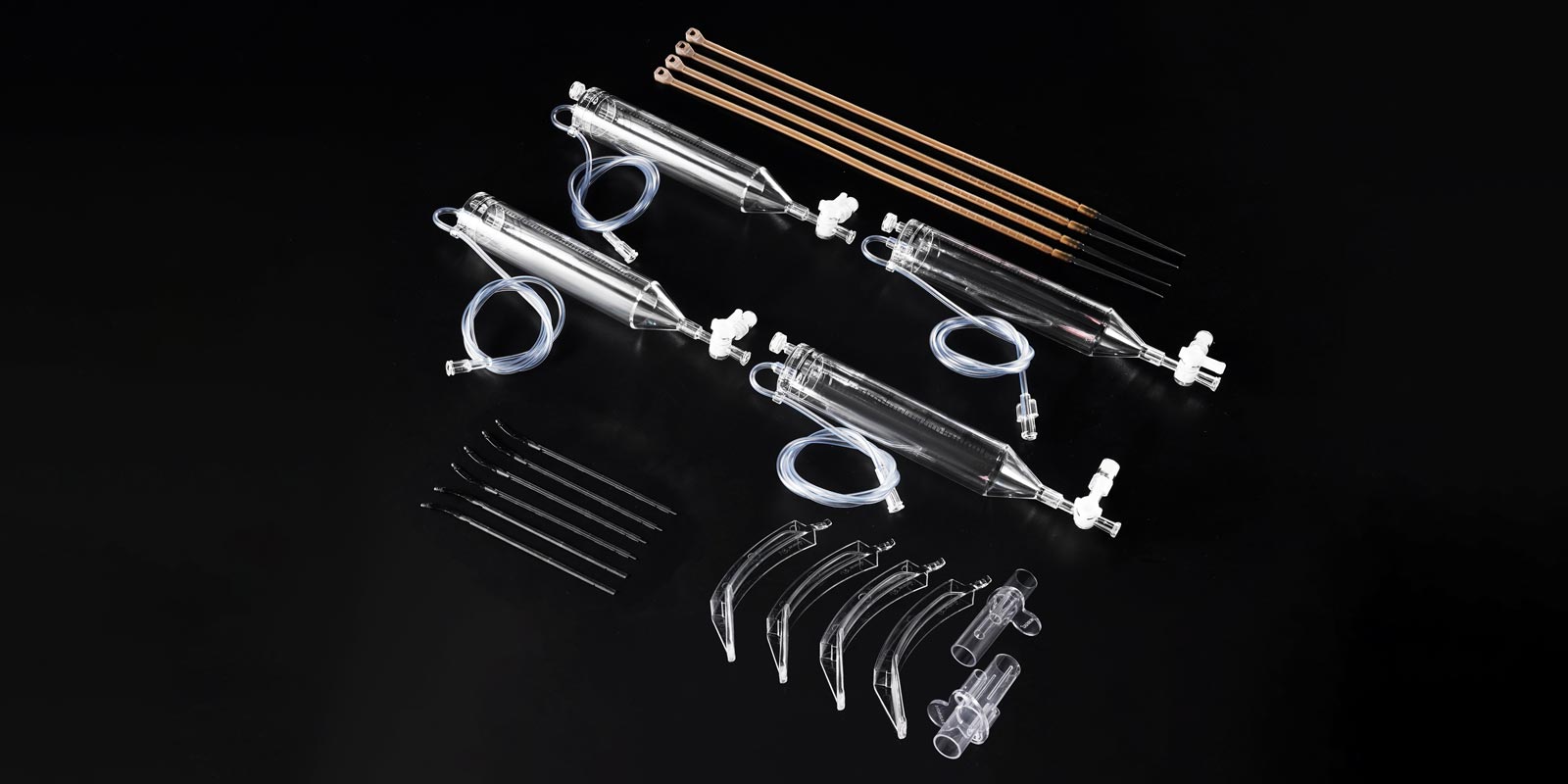
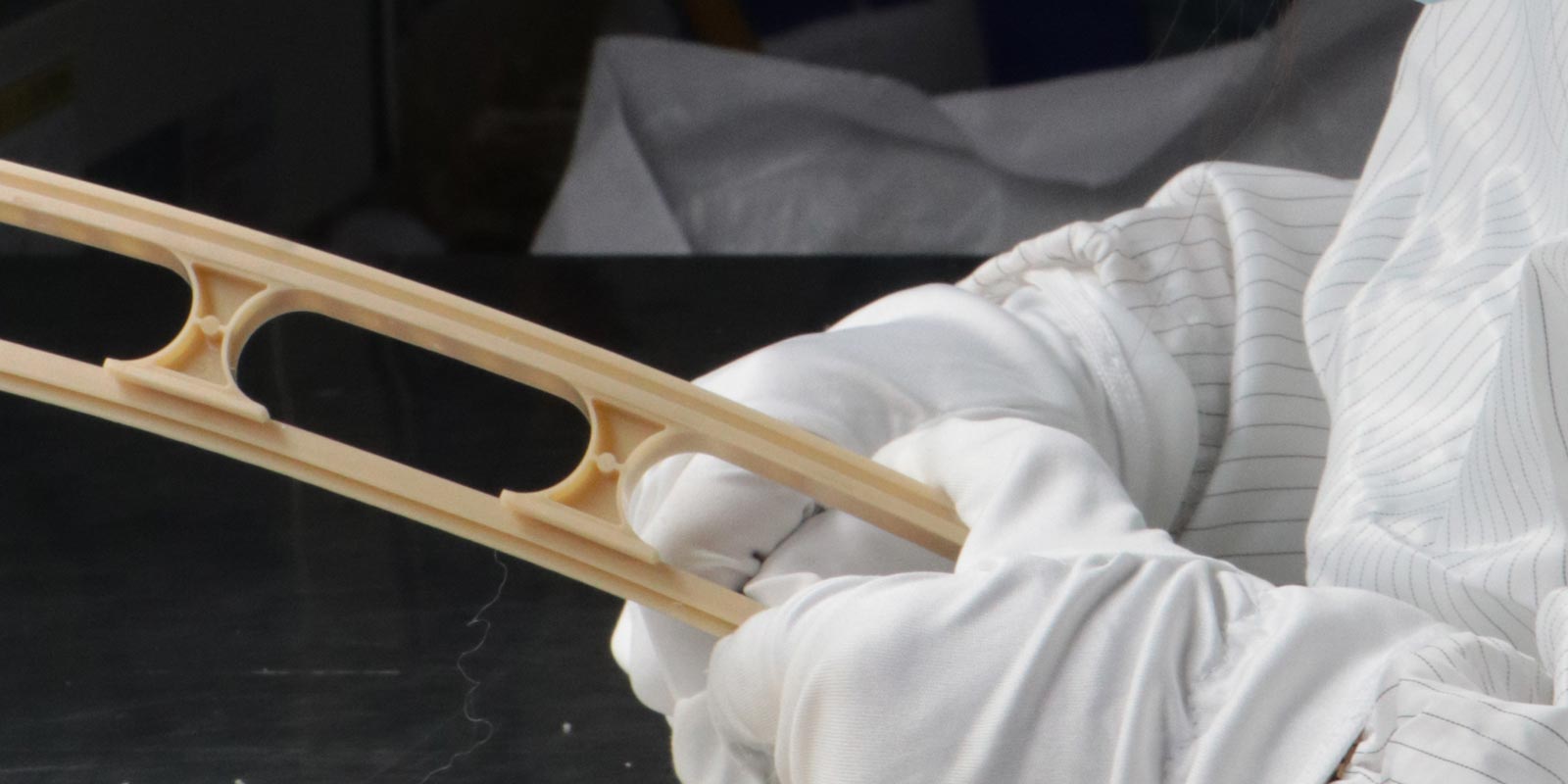
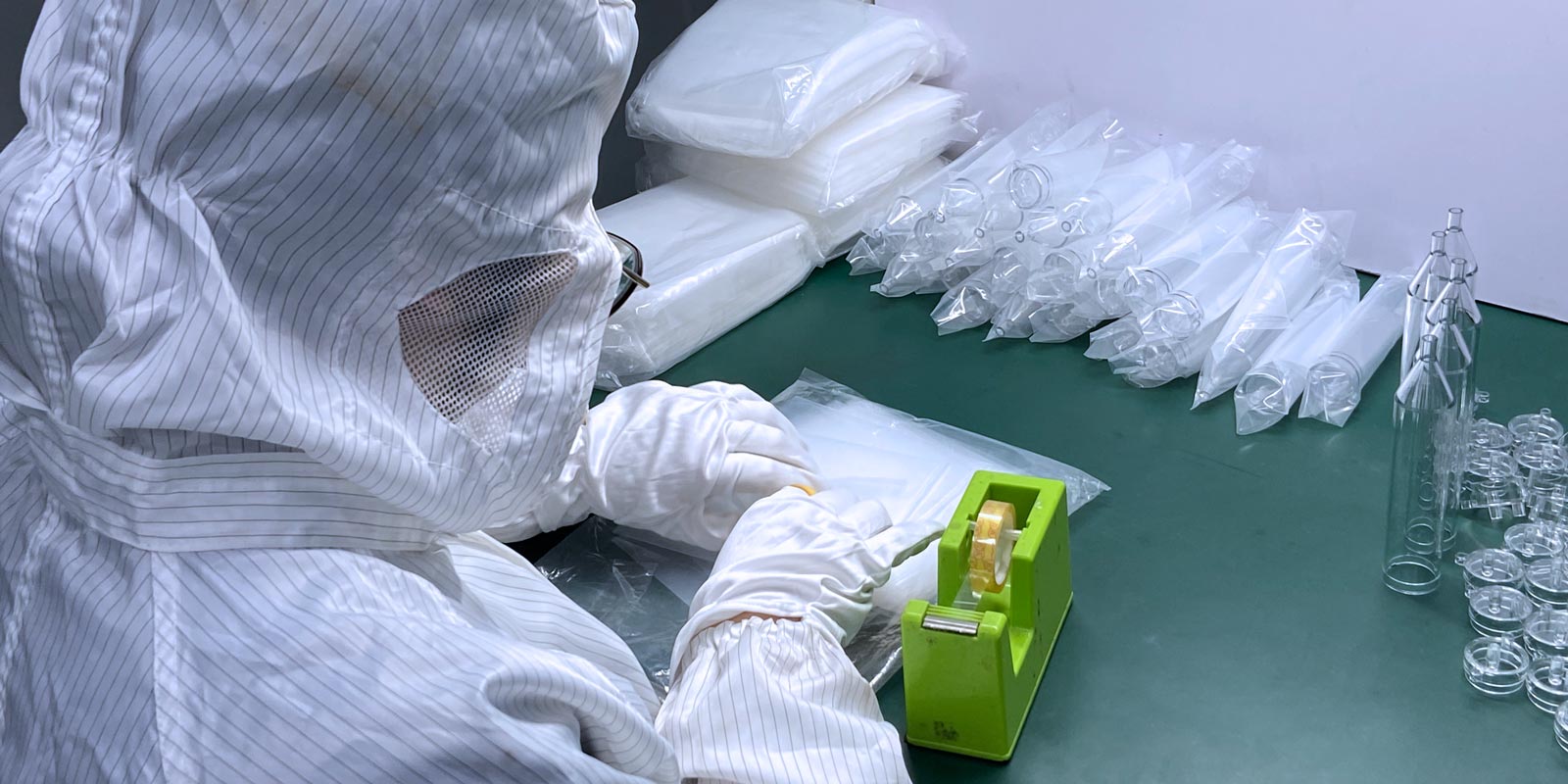
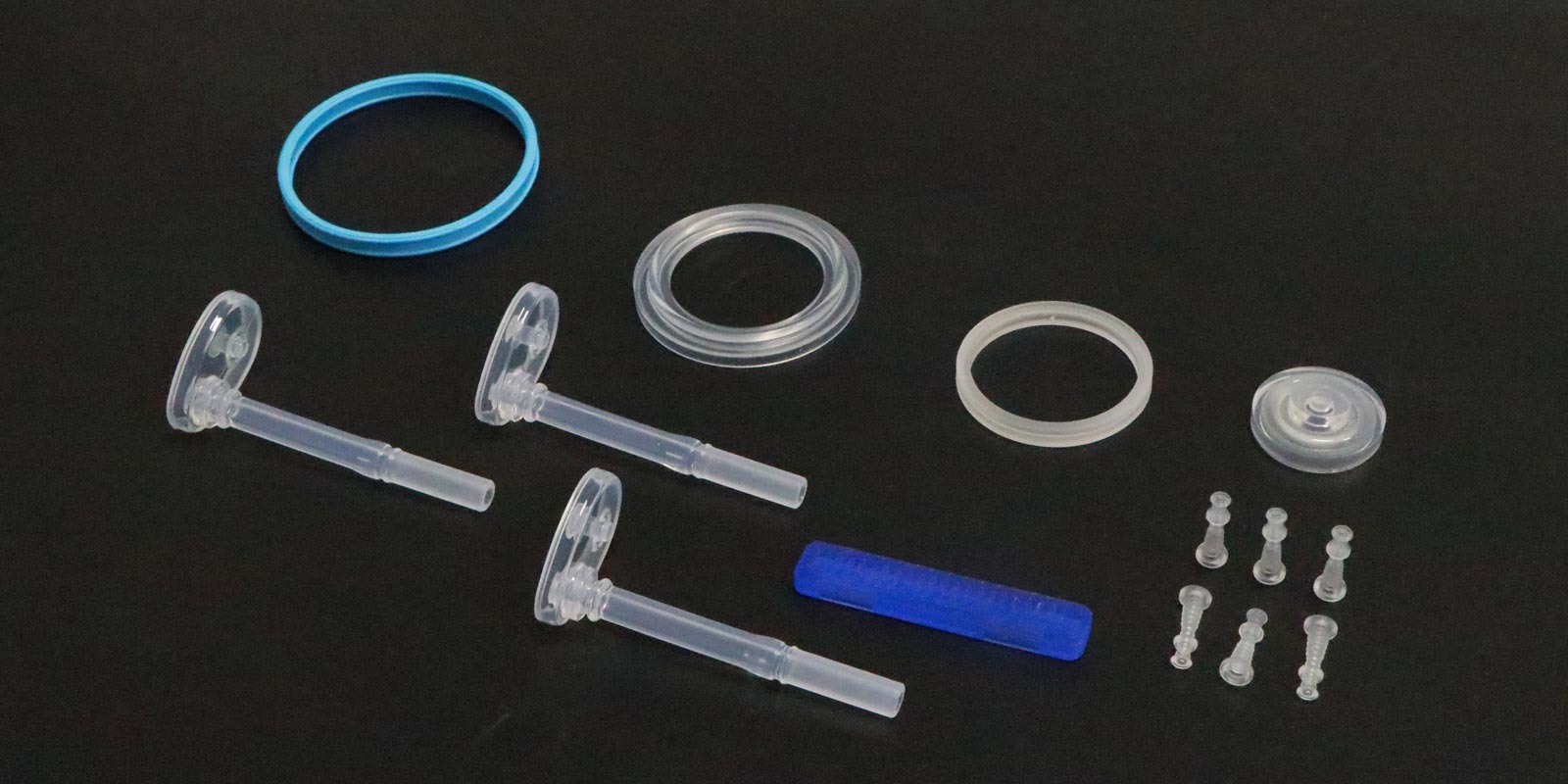











 Home
Home
